Advancements in Material Technologies
Advancements in material technologies are playing a crucial role in shaping the Selective Laser Sintering Market. The development of new materials, including high-performance polymers and metal powders, is enhancing the capabilities of selective laser sintering. These innovations allow for the production of parts with superior mechanical properties and thermal resistance, broadening the scope of applications. Recent studies indicate that the introduction of advanced materials could potentially increase the market size by 15% over the next few years. As industries seek to push the boundaries of what is possible with additive manufacturing, the continuous evolution of material technologies will likely drive further adoption of selective laser sintering.
Rising Demand for Prototyping Solutions
The Selective Laser Sintering Market is experiencing a notable increase in demand for rapid prototyping solutions. Industries such as automotive, aerospace, and consumer electronics are increasingly adopting selective laser sintering for its ability to produce complex geometries and functional prototypes quickly. This technology allows for reduced lead times and enhanced design flexibility, which are critical in competitive markets. According to recent data, the prototyping segment is projected to grow at a CAGR of approximately 25% over the next five years. This growth is driven by the need for faster product development cycles and the ability to test designs before full-scale production. As companies seek to innovate and reduce time-to-market, the relevance of selective laser sintering in prototyping applications continues to expand.
Cost Efficiency and Material Utilization
Cost efficiency is a significant driver in the Selective Laser Sintering Market, as the technology allows for optimal material utilization. Unlike traditional subtractive manufacturing methods, selective laser sintering minimizes waste by using only the necessary amount of material to create parts. This aspect is particularly appealing to manufacturers looking to reduce production costs while maintaining quality. Furthermore, advancements in material science have led to the development of a wider range of compatible powders, enhancing the versatility of applications. Reports suggest that companies utilizing selective laser sintering can achieve up to 50% savings in material costs compared to conventional methods. As businesses increasingly focus on cost reduction and sustainability, the adoption of selective laser sintering is expected to rise.
Growing Focus on Customization in Manufacturing
The Selective Laser Sintering Market is significantly influenced by the growing focus on customization in manufacturing processes. As consumer preferences shift towards personalized products, manufacturers are compelled to adopt technologies that facilitate customization. Selective laser sintering offers unparalleled design freedom, enabling the production of tailored components that meet specific customer requirements. This capability is particularly valuable in sectors such as healthcare, where customized implants and prosthetics are in demand. Market analysis indicates that the customization segment is anticipated to grow at a CAGR of around 20% in the coming years. As businesses strive to differentiate themselves in a crowded marketplace, the role of selective laser sintering in enabling customization is likely to expand.
Increased Adoption in Aerospace and Automotive Sectors
The Selective Laser Sintering Market is witnessing heightened adoption within the aerospace and automotive sectors. These industries are increasingly leveraging selective laser sintering for producing lightweight components that meet stringent performance standards. The ability to create intricate designs that traditional manufacturing methods cannot achieve is a key advantage. Recent statistics indicate that the aerospace sector alone is expected to account for over 30% of the market share by 2026. This trend is largely attributed to the growing emphasis on fuel efficiency and performance optimization. As manufacturers strive to enhance their competitive edge, the integration of selective laser sintering technology is likely to become more prevalent, thereby driving market growth.



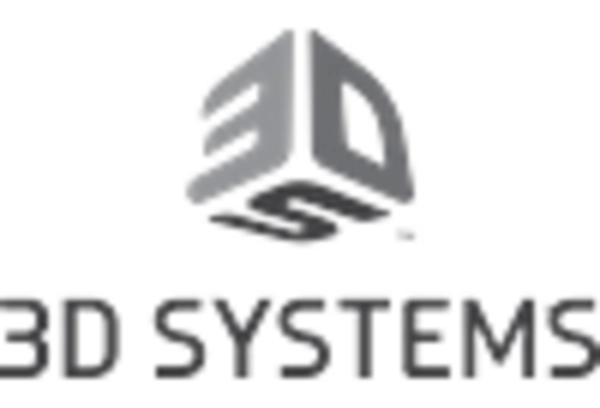
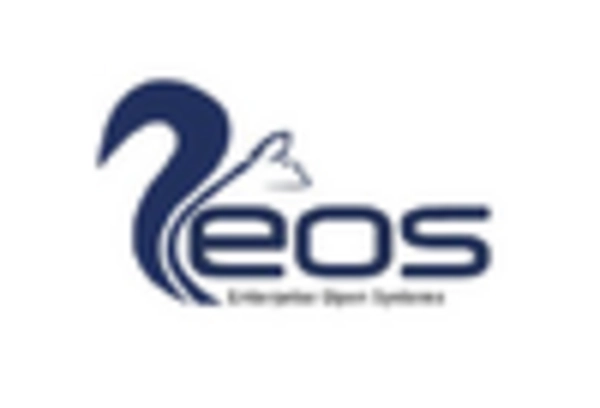
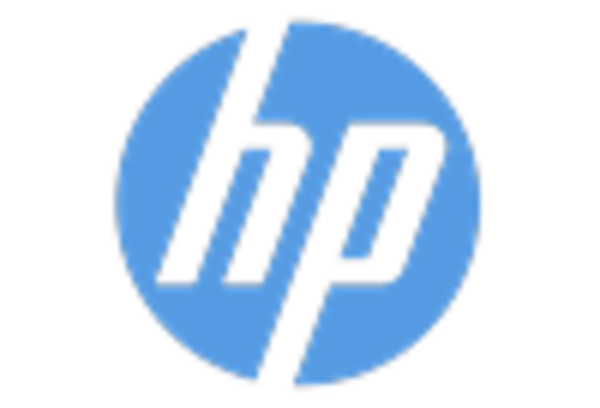
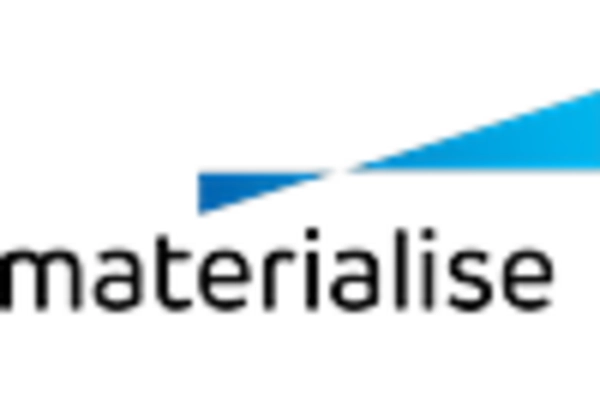

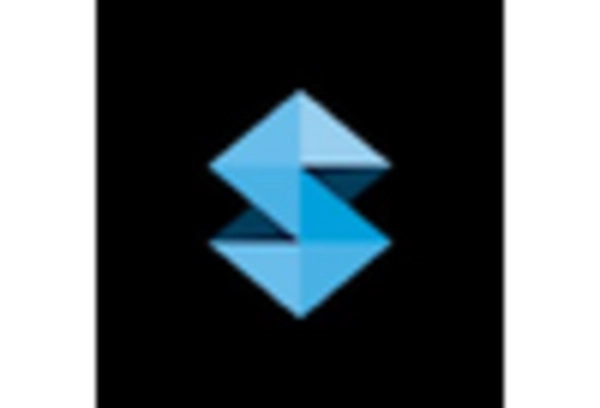








Leave a Comment